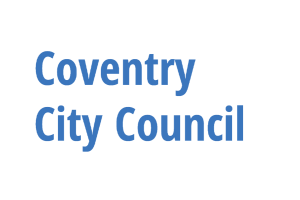.1733484539.png)
There are many reasons why entering an award is good for your business. Not only is it an accolade that can demonstrate your quality workmanship, but it can also provide you with additional bonuses, such as boosting company morale through recognising good work, it can increase brand awareness of your company, it can be helpful when quoting for jobs – either winning jobs or justifying pricing, applying for grants or even speaking with the bank manager.
It’s not all about winning
More importantly, it’s not all about the winning: being shortlisted can be something to shout about too. Your work is being recognised as in the top percent of its category and that can be important to tell your potential and existing customers about.
An awards shortlisting can provide reassurance. Yes, this contractor is going to do a great job. Yes, this contactor is trustworthy. Yes, this contractor will go over and above to identify and overcome any problems that may arise on site.
And finally…don’t forget the bragging rights…!
7 tips for putting an entry together
Regardless of the award, there are some pieces of advice that we recommend following, to put together the most comprehensive entry with the best chance of getting shortlisted:
1. Read the awards criteria
Is there enough time to collate the evidence for the entry?
Which category best suits your project?
Does your project meet the judging criteria?
2. Obtain client permission
Double-check your client is happy for you to submit the project. Note that the submission may bring further interest.
3. Photograph the project at every stage
Photographic evidence is an excellent way to demonstrate the claims in your entry. Photograph the health and safety, the site management, they careful installation. Are people in your photos? Be sure to adhere to GDPR law if you can easily identify any people or personal data.
4. Collect details at every stage
Consider writing notes as you move through the project to jog your memory when it comes to writing the entry. State the obvious. The Judges were not on site, they are unlikely to make assumptions.
5. What were the challenges of the project?
What particular challenges did you face with the project that will make it award-worthy? Is it in a challenging location? What was the weather like? Were there any restrictions?
How did you overcome those challenges?
6. What value have you added to this project?
How did your company add particular value to this project? Are there any specific areas of expertise worth noting? Did you innovate? Did you identify any potential risks or go above and beyond in another way?
Avoid making any unsubstantiated claims. If you saved money or time for the client, could you prove that, if required? How did you ensure high quality workmanship? What did you do to maintain a high level of health and safety on site?
7. Proofreading
Allow enough time to read through your entry. We recommend asking someone unrelated to the project to read it through and let you know if anything is unclear, or if they have questions.
Have you fully met the judging criteria?
Getting the judges' attention in a pile of awards entries is key. Keep the entry simple and easy to read. Does it flow in a relevant way through the project timeline?
Have you edited it to meet the word limit (keep it relevant to the judging criteria if you need to reduce the wordcount).
If you think your project could be award-worthy, talk to your regional technical manager today. We’re here to help guide you through your awards entry.
Good luck!




























